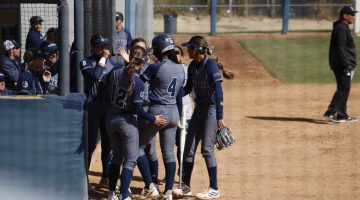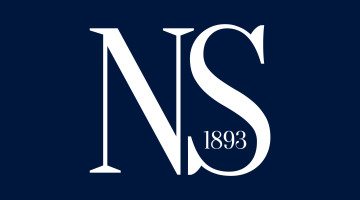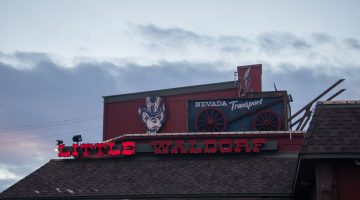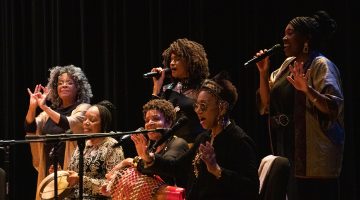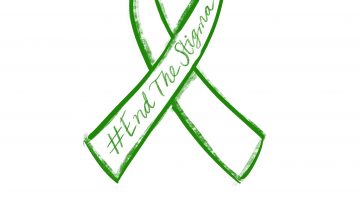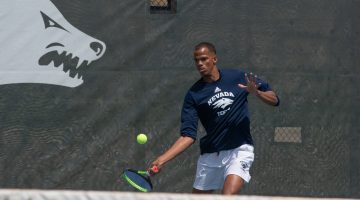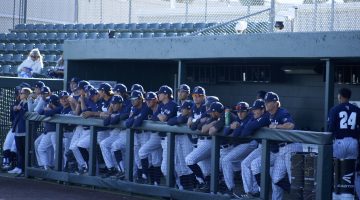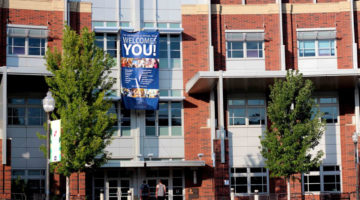By Marcus Lavergne
When the words “sound” and “art” are combined, the imagination tends to drift toward many different ideas of the concepts behind the collaboration. Sound Art: New Only in Name is a free upcoming four-week event happening in the University of Nevada, Reno’s Jot Travis Building.
The gallery is open to the public and combines sound with several mediums of art including videography, photography, painting, sculpting and more. Contrary to its name, the exhibits are meant to widen the view of what sound means to the worlds of art and music while also integrating the perspectives of researchers and scholars from areas like environmentalism, psychology, and digital technology as well as exploring sound art as a relatively new medium in the realm of art.
Dr. Brett Van Hoesen, an associate professor of art history, and Dr. Jean-Paul Perrote, a lecturer of music theory and composition, are the co-curators for Sound Art: New Only in Name. In their dual curator statement, Van Hoesen and Perrote expressed their wish for the event to “create a dialogue across disciplines.” Van Hoesen said that sound is a medium that can offer universal insight across a multitude of subjects.
“It’s an interdisciplinary investigation of this term ‘sound-art’ and what it implies,” Van Hoesen said. “The next point is to think more about sound, noise and music, and to present a variety of different types of work in the gallery that embody those different discourses.”
The exhibition will be located in UNR’s Jot Travis gallery. Three separate areas of gallery space will incorporate large, elaborate exhibits. Van Hoesen explains that one gallery will explore the North Carolina marshland and the ecological changes that have impacted it in the past few years.
“It’s a [way] to give visitors a sort of sense of what that kind of medium is capable of doing,” Van Hoesen said.
Van Hoesen says that sound art has the potential to transport a person to many different places, but many of those who have contributed to the event are also conducting research in their own areas of study. She believes that the concept of sound art does not have to fit in a small box.
“[The theme] is more along the lines of how we engage with sound, what we learn from it, what kind of histories it triggers, ways in which sound and visual work together,” Van Hoesen said.
Van Hoesen calls “auditory learning” the perfect phrase to describe the experience she hopes people will get from exploring the exhibition.
“It might be a link to specific memory or a specific place,” Van Hoesen said. “There are all sorts of ways in which we use sound in a biological sense, but there is also a way that it engages more fully psychologically and aesthetically.”
Van Hoesen says that the ultimate goal of the event is not to tell people what sound art is but to open up the discussion and show how vast the subject is. She hopes that Sound Art: New Only in Name will draw as many people as possible.
“No one in the room will have the same background,” Van Hoesen said. “But, that’s our goal, to reinforce a discussion that can connect people from many different places and perspectives.
Marcus Lavergne can be reached at mlavergne@sagebrush.unr.edu and on Twitter @mlavergne21


